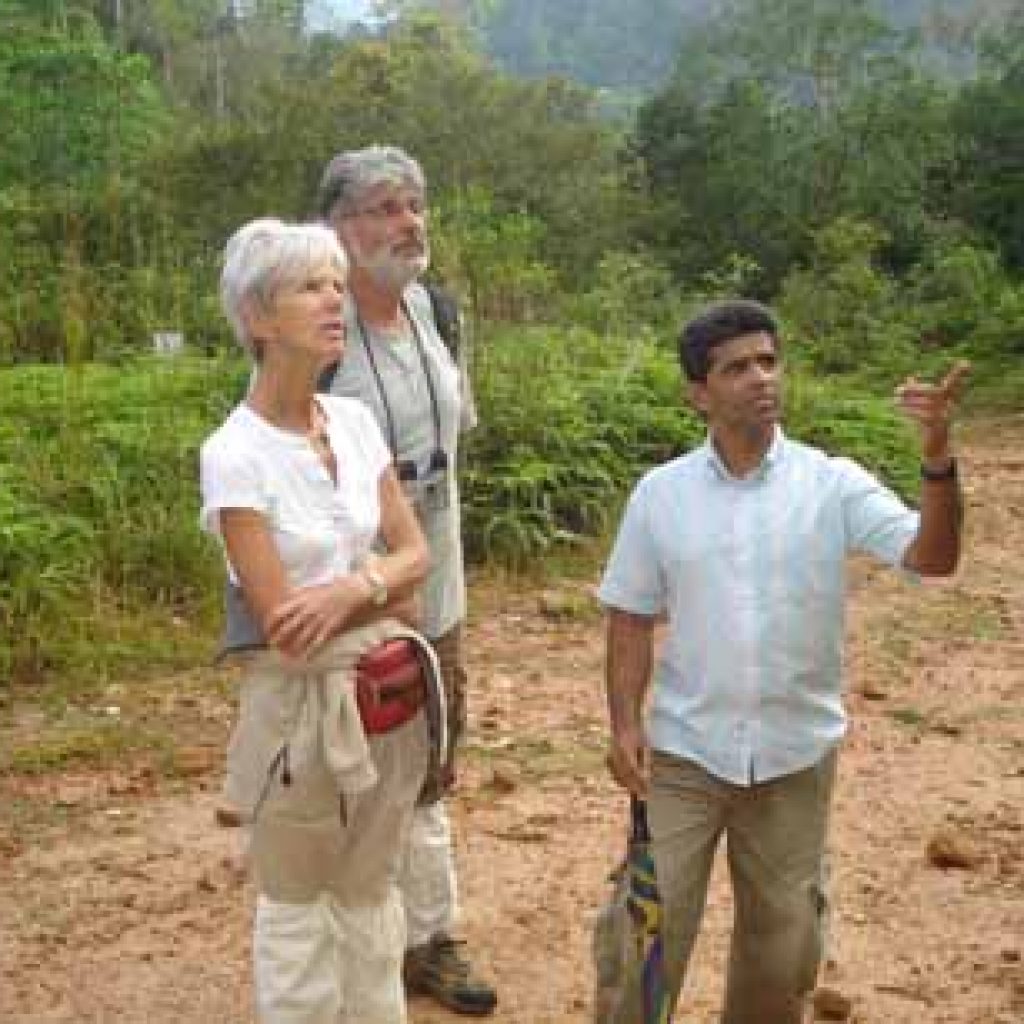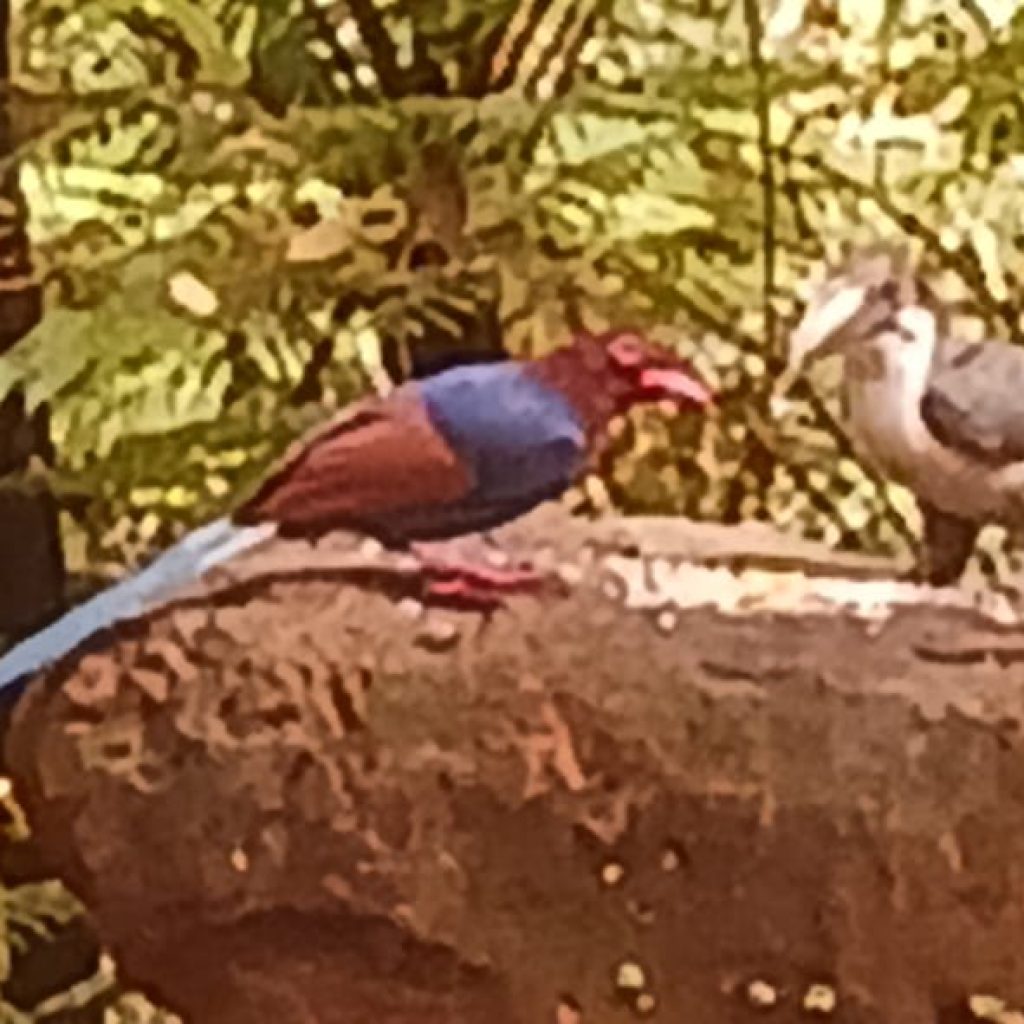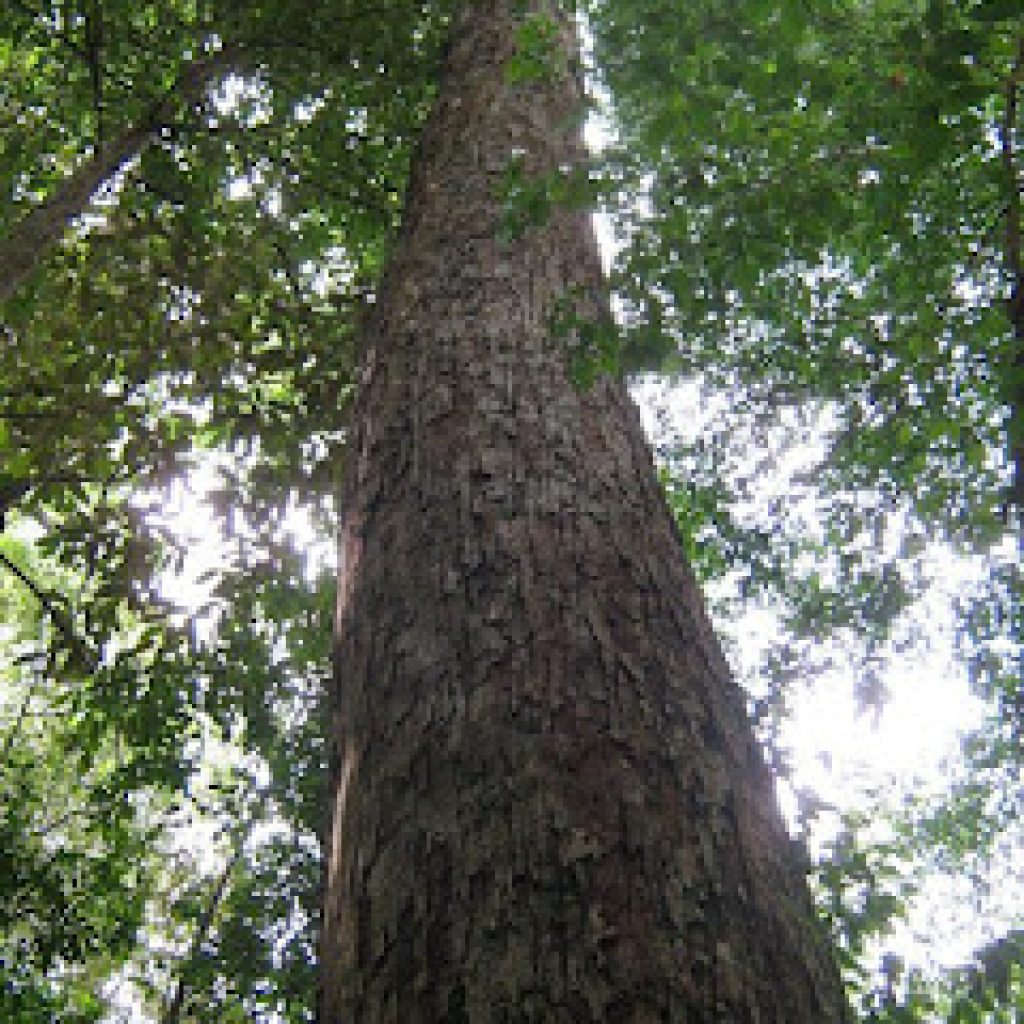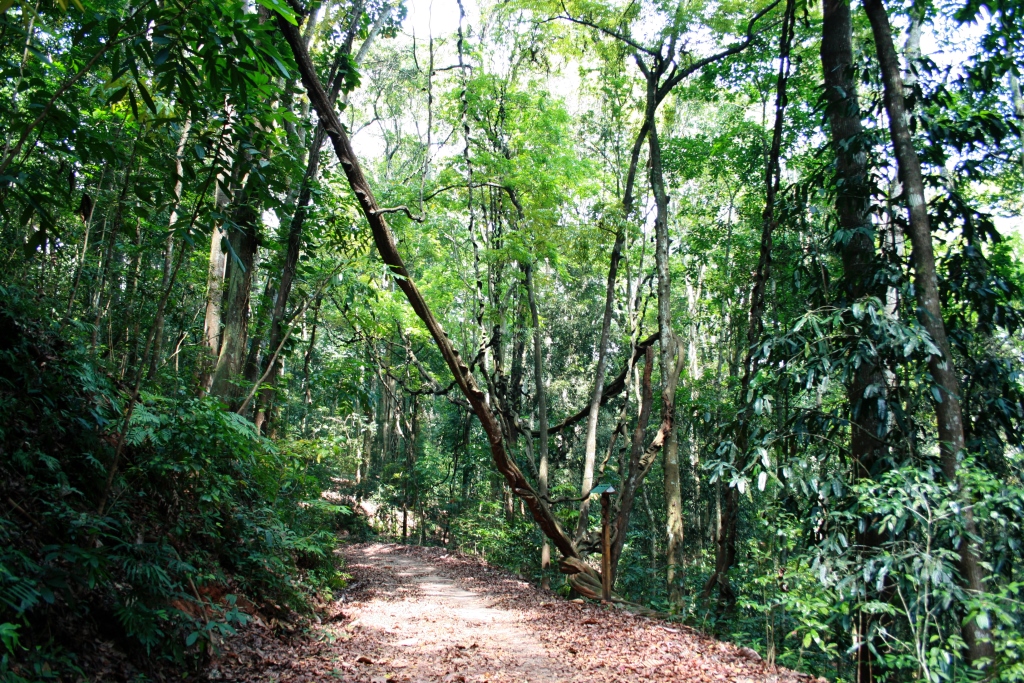There are places in the world that resist being understood in a single breath. Sinharaja Rainforest is one such place—a sprawling biosphere of history, biodiversity, and quiet magic that spreads across the districts of Ratnapura, Galle, and Matara. This tropical rainforest, a UNESCO World Heritage Site, is more than just a patch of green on the map; it is a living, breathing archive of the island’s ecological and cultural heritage.

On a recent journey, My visitors and I met Ajith Malli—a tracker and conservation volunteer who was assigned to guide us through the dense forest —as we ventured deep into Sinharaja’s inner sanctum, climbing Sinhagala, the highest and most mythical peak among its nine towering summits. The trek was demanding: aching muscles, sweat-soaked clothes, and slippery trails tested our resolve. But with every step, we were enveloped in nature’s rhythm—the rustle of wind through leaves, the hypnotic chirp of crickets, and the rare cry of the Serpent Eagle overhead.
After hours of climbing, we reached a vantage point where the forest canopy stretched out like an endless sea. From here, it was easy to understand how the ancients once believed this forest was part of Godwanaland—a primeval landmass lost to time. From “Sinhalaye Mukalana” (Forest of the Sinhale) to “Sinhalaye Raja Vanaya” (Royal Forest), the name “Sinharaja” has always carried a regal, almost sacred, significance.
Sinhagala, at 742 meters above sea level, is shrouded in folklore. One legend tells of a lion who once ruled from a cave at the mountain’s base, ultimately slain by a giant whose thrown boulders remain at the site known as “Yoda Gal Goda.” Ajith Malli recounted these stories with reverence, to the late Professor Martin, who was renowned to know every flora and fauna in his own interpretations based on decades of living inside the forest.
From this peak, we spotted other majestic hills—Hinipitigala East and West, Kosgunala, and Mulawella—rising through the dense mist. Ajith estimated we had already walked 14 kilometers. Our feet were sore, and our stomachs empty save for cream crackers and sips of water. But the view, the energy, the presence of Sinharaja—it made the discomfort melt away.
Descending through slippery riverbeds and dense Nelu groves brought new challenges, including the inevitable assault of leeches. Ajith joked about the rainy season multiplying their numbers. I remembered how a group of Russian tourists earlier had panicked at the sight of the bloodthirsty creatures.
But there were also quiet, reflective moments. Resting beside the gentle stream of Heen Dola, we watched fish dart through the water—Bulath Hapaya, Gal Pandiya, and the rare Pathirana Salaya. Sinharaja hosts 20 species of fish, seven of which are endemic. It is also home to eight endemic mammals, including the elusive leopard and the purple-faced leaf monkey.

Birdsong accompanied us as we walked. Sinharaja is a birder’s paradise with 20 documented species, 18 of them endemic. Names like Sri Lanka Blue Magpie and Red-Faced Malkoha became real, feathered companions. Amphibians, butterflies, reptiles—the statistics themselves are astounding, but it is in the moment, in the experience of seeing a flash of color or hearing an unseen creature, that Sinharaja’s magic truly settles in.
Among the trees, ferns, and flowers, I was struck by the delicate blooms of the Bim Orchid and the peculiar charm of the carnivorous Rathu Bandura. We paused at a giant spider’s web—home to the Mookalan Makuluwa or Wood Spider—its glistening threads stretching like harp strings in the sunlight. Ajith continued to educate me: pointing out the Aridda tree, endemic to Sri Lanka, and the towering tree fern known as Ginihota.

As we neared the Sinharaja Research Centre and passed the massive Navanda tree—21 feet in circumference and over 140 feet tall—I realized we had walked nearly 25 kilometers. Darkness was falling. The forest around us shimmered with mystery. Ahead, the faint glow of Martin Aiya’s guesthouse twinkled like a star in the undergrowth. It was a fitting end to a day steeped in wonder.
Sinharaja doesn’t surrender its secrets easily. But to walk through its emerald heart is to glimpse the soul of Sri Lanka—a world of myths and science, stillness and struggle, beauty and resilience. As I returned to the bustle of the city the next morning, I carried with me not just memories, but a profound sense of connection to something timeless.


0 Comment